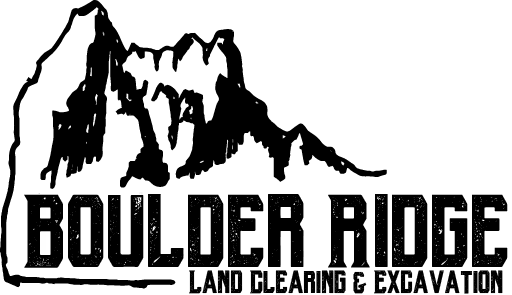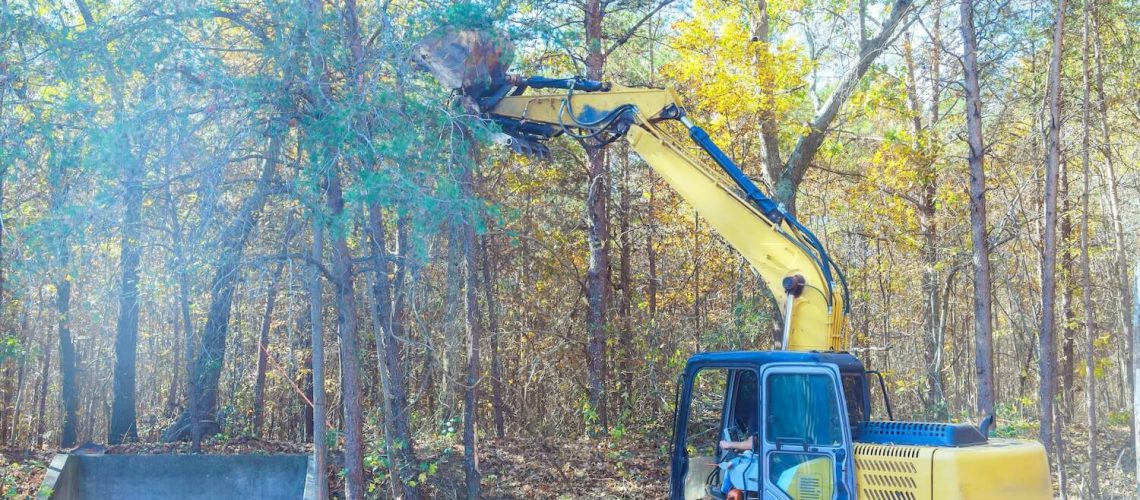In the realm of construction and development, land clearing operations play a crucial role in preparing a site for various projects such as infrastructure development, residential and commercial construction, agriculture, and environmental restoration. However, amidst the hustle and bustle of these activities, one aspect often overlooked is safety. The importance of safety in land clearing operations cannot be overstated, as failure to prioritize it can lead to severe consequences for workers, the environment, and surrounding communities.
Understanding Land Clearing Operations
Before delving into the significance of safety measures, it’s essential to comprehend what land clearing entails. Land clearing refers to the process of removing vegetation, trees, rocks, and other obstacles from a piece of land to make it suitable for a specific purpose. This process may involve various techniques such as manual labor, mechanized equipment like bulldozers and excavators, and chemical treatments. While land clearing is necessary for progress and development, it comes with inherent risks that demand careful planning and execution to mitigate.
Identifying Hazards in Land Clearing
Land clearing sites are fraught with potential hazards that can endanger workers and the environment. Some common project hazards include:
- Heavy Machinery Accidents: The operation of heavy machinery poses significant risks, including rollovers, collisions, and equipment malfunctions.
- Falling Trees and Debris: Trees and branches being felled or removed can unexpectedly fall in unpredictable directions, posing a risk to workers and nearby structures.
- Environmental Contamination: Improper disposal of hazardous materials, such as chemicals and waste from clearing operations, can lead to soil and water contamination.
- Terrain and Weather Conditions: Uneven terrain, slippery surfaces, and adverse weather conditions can increase the likelihood of accidents and injuries.
- Wildlife Encounters: Clearing activities may disturb local wildlife, leading to encounters that pose risks to both workers and animals.
Importance of Safety Measures in Clearing Services
Given the inherent hazards in land clearing operations, implementing robust safety measures is paramount. Here’s why safety should be a top priority:
Protection of Workers
The safety and well-being of workers should always be the foremost concern. By adhering to safety protocols and providing adequate training and protective gear, employers can minimize the risk of accidents and injuries, ensuring that workers return home safely each day.
Risk Reduction
Safety measures help mitigate the inherent risks associated with land clearing activities. Through proper planning, hazard identification, and the implementation of safety protocols, the likelihood of accidents and environmental incidents can be significantly reduced.
Legal Compliance
Adhering to safety regulations and standards is not just a moral obligation but also a legal requirement. Failure to comply with safety laws can result in hefty fines, legal penalties, and reputational damage for businesses involved in land clearing operations.
Environmental Preservation
Safety measures not only protect workers but also safeguard the environment. By minimizing the risk of spills, contamination, and habitat destruction, responsible land clearing practices contribute to environmental preservation and sustainability.
Community Well-being
Land clearing activities often take place near residential areas, posing risks to nearby communities. Prioritizing safety helps prevent accidents that could harm residents and damage property, fostering a safer and healthier community environment.
Best Practices for Safety in Land Clearing Operations
To ensure the safety of workers, protect the environment, and uphold legal obligations, it’s essential to implement comprehensive safety measures in land clearing operations. Here are some best practices to consider:
- Risk Assessment: Conduct thorough risk assessments before commencing clearing activities to identify potential hazards and develop strategies for mitigating them.
- Training and Education: Provide comprehensive training to all workers involved in land clearing operations, emphasizing safe work practices, equipment operation, emergency procedures, and environmental protection measures.
- Personal Protective Equipment (PPE): Equip workers with appropriate PPE, including helmets, goggles, gloves, steel-toed boots, and high-visibility clothing, to minimize the risk of injuries.
- Equipment Maintenance: Regularly inspect and maintain all machinery and equipment to ensure they are in optimal working condition, reducing the likelihood of malfunctions and accidents.
- Environmental Compliance: Adhere to environmental regulations and guidelines to prevent contamination, erosion, and habitat destruction during clearing operations. Properly dispose of waste and hazardous materials in accordance with applicable laws.
- Communication and Coordination: Foster clear communication and coordination among workers, supervisors, and other stakeholders to ensure everyone is aware of safety protocols, potential hazards, and emergency procedures.
- Emergency Preparedness: Develop and implement emergency response plans for addressing accidents, injuries, spills, fires, and other unforeseen incidents. Conduct regular drills to ensure workers are prepared to respond effectively in emergencies.
The Importance of Finding The Right Land Clearing Company
Expertise and Experience
The best land clearing companies typically have extensive expertise and experience in handling a wide range of clearing projects, from small-scale residential developments to large-scale commercial ventures. Their knowledge of local regulations, environmental considerations, and best practices enables them to navigate complex challenges effectively, ensuring that clearing operations are conducted efficiently and safely.
Specialized Equipment and Resources
Top-tier land clearing companies invest in state-of-the-art equipment and resources specifically designed for clearing vegetation, removing obstacles, and preparing sites for development. By utilizing advanced machinery, such as mulchers, excavators, and forestry equipment, they can tackle clearing tasks with precision and speed, minimizing disruptions and maximizing productivity.
Compliance with Regulations
The best land clearing companies prioritize compliance with environmental regulations, safety standards, and industry guidelines. They stay abreast of evolving regulations and ensure that their operations adhere to legal requirements, minimizing the risk of fines, penalties, and legal disputes. Choosing a reputable company with a strong track record of regulatory compliance provides peace of mind and mitigates potential risks associated with non-compliance.
Safety Protocols and Practices
Safety is non-negotiable in land clearing operations, and the best companies prioritize the safety and well-being of their workers, clients, and communities. They implement rigorous safety protocols, provide comprehensive training to their employees, and maintain strict adherence to safety standards throughout the clearing process. By prioritizing safety, these companies minimize the risk of accidents, injuries, and environmental incidents, creating a safer working environment for everyone involved.
Environmental Stewardship
Environmental sustainability is increasingly important in land clearing operations, and the best companies demonstrate a commitment to environmental stewardship. They employ practices that minimize habitat destruction, prevent soil erosion, and reduce ecological impact, preserving natural resources and biodiversity. By choosing a company that prioritizes environmental sustainability, clients can minimize their ecological footprint and contribute to a more sustainable future.
Reputation and Reliability
Reputation matters in the land clearing industry, and the best companies are known for their reliability, professionalism, and integrity. They have a proven track record of delivering high-quality results on time and within budget, earning the trust and confidence of their clients. By selecting a reputable company with positive reviews and testimonials, clients can expect superior service, exceptional craftsmanship, and a positive overall experience.
Cost-Effectiveness
While cost is a consideration in any project, choosing the best land clearing company based solely on price can be shortsighted. Instead, clients should prioritize value and consider factors such as expertise, experience, safety, and environmental stewardship when selecting a company. While top-tier companies may not always offer the lowest prices, their superior quality of work, reliability, and commitment to excellence often provide long-term cost savings and peace of mind.
Land Clearing Conclusion
Safety should always be a top priority in land clearing operations. By implementing comprehensive safety measures, construction companies can protect workers, minimize environmental impact, and uphold legal obligations. Prioritizing safety not only mitigates risks and prevents accidents but also fosters a culture of responsibility, ensuring the well-being of workers, communities, and the environment. In the ever-changing landscape of construction and development, safety should remain steadfast as the cornerstone of every land clearing endeavor.

